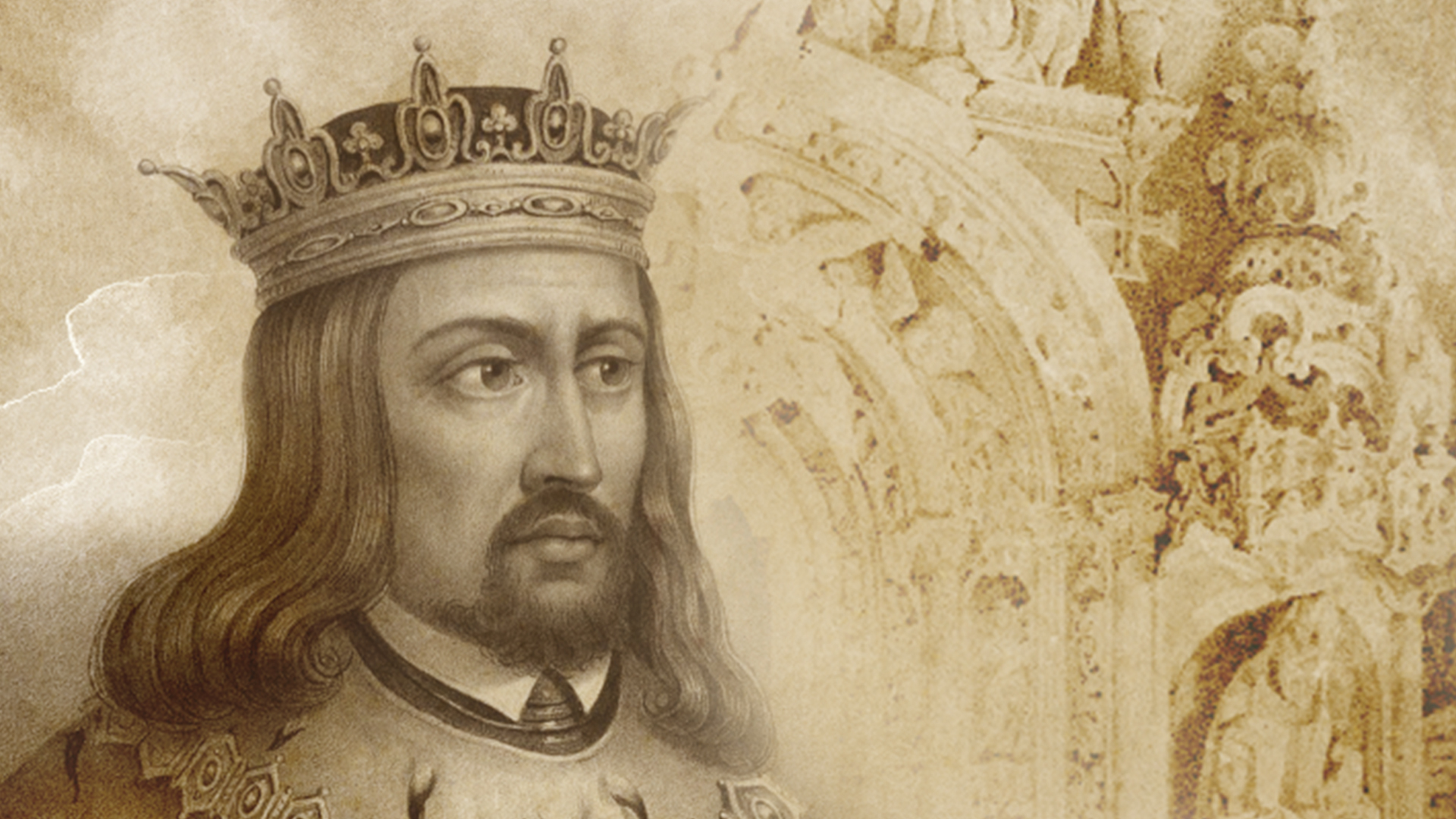King Manuel I was one of the most famous Portuguese monarchs, reigning over four continents and three oceans. Known as the Fortunate One, he ruled between 1469 and 1521, 26 years marked by a period of great navigations and discoveries, such as the arrival in India and Brazil, but also by the arrival of the Renaissance in Portugal.
As the fifth king of the dynasty of Avis, and unexpectedly succeeding his cousin, he was the son of Fernando, Duke of Beja, and Beatriz, the grandson of Duarte I, and brother of Leonor.
In addition to the unequivocal affirmation of the Portuguese overseas empire, his reign was marked by profound changes in Portuguese society, which embraced the European current of the Renaissance, giving it “Portuguese” particularities. This was a time of vigorous creation and innovation, based on dialogue with the prevailing European models in the sciences, literature and the arts.
It was during this golden period that great artists and humanists emerged, as well as the Manueline style, which had its main exponents in the Jerónimos Monastery, the Tower of Belém, and the Convent of Christ in Tomar.
Vasco da Gama’s discovery of the sea route to India in 1498 strengthened Portugal’s hold on overseas trade along the African coast, as well as its global recognition. It was during this period that King Manuel I dazzled the papal court with an elephant during his famous embassy in early 1514.
It was also during his reign that Brazil was discovered in 1500 by Pedro Álvares Cabral, and the Corte Real expeditions to Terra Nova.
The enlargement of the Portuguese area of influence further reinforced the strategic importance of the Azores, given that the maritime routes stopped at the archipelago. It was also King Manuel I who elevated Ponta Delgada to a town in 1499.
King Manuel I died in Lisbon on the 13th December 1521 and was buried in the Jerónimos Monastery.
